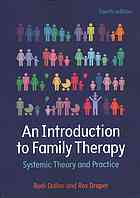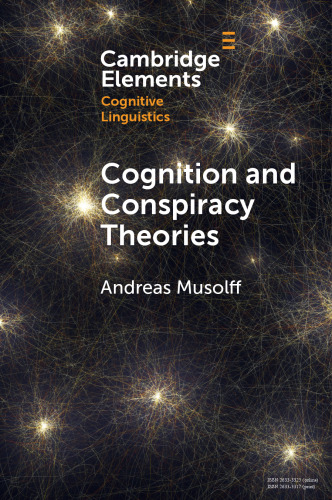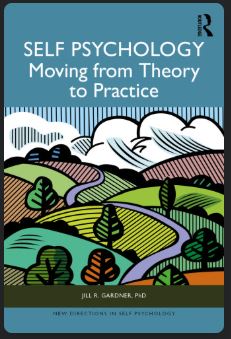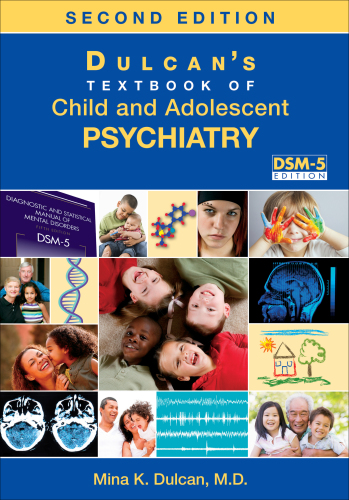Welcome to the fourth edition. I am both excited and delighted to welcome this lovely book, authored by Ros Draper and Rudi Dallos. They have made an endur- ing contribution to training in the systemic field with their clarity and commitment to systemic ideas and practice, and in leading some of the more recent theoretical and practice developments. The fourth edition builds on the strengths of the third edition, and expands the sections on working systemically with couples, self- reflexivity, formulation practice and the signal relevance of modern attachment theory, trauma theory and research. Family systems therapy is both a diverse and burgeoning field and it can be difficult for those entering the systemic arena to realise fully the origins and influences on contemporary theory and practice. The authors map out the devel- opment of family systems theory over the past four decades and show how these developments have informed and sustained our systemic work with individuals, couples, family groups, teams and other organisational systems. This scholarly attention to the history and development of ideas and practice is important in training, so that we can see how thinking and research has evolved and where our debt of gratitude lies. Their emphasis on research and theory – however lightly held – helps us all to ground our practice in a clearly articulated ethical accountability.
چکیده فارسی
به نسخه چهارم خوش آمدید. من از استقبال از این کتاب دوست داشتنی که توسط راس دریپر و رودی دالوس نوشته شده است، هیجان زده و خوشحالم. آنها با وضوح و تعهد خود به ایده ها و عمل سیستمی و در رهبری برخی از پیشرفت های نظری و عملی اخیر، سهمی پایدار در آموزش در زمینه سیستمی داشته اند. ویرایش چهارم بر روی نقاط قوت ویرایش سوم استوار است و بخشهای کار سیستمی با زوجها، خود انعکاسی، تمرین فرمولبندی و ارتباط سیگنال تئوری دلبستگی مدرن، تئوری تروما و تحقیق را گسترش میدهد. سیستم درمانی خانواده هم حوزه ای متنوع و رو به رشد است و برای کسانی که وارد عرصه سیستمی می شوند درک کامل ریشه ها و تأثیرات بر نظریه و عمل معاصر می تواند دشوار باشد. نویسندگان توسعه تئوری سیستم های خانواده را در چهار دهه گذشته ترسیم می کنند و نشان می دهند که چگونه این پیشرفت ها کار سیستمی ما را با افراد، زوج ها، گروه های خانواده، تیم ها و سایر سیستم های سازمانی را آگاه کرده و حفظ کرده است. این توجه علمی به تاریخچه و توسعه ایده ها و عمل در آموزش مهم است، به طوری که ما می توانیم ببینیم تفکر و تحقیق چگونه تکامل یافته است و قدردانی ما در کجاست. تأکید آنها بر تحقیق و تئوری - هر چند که کم اهمیت باشد - به همه ما کمک می کند تا عملکرد خود را در یک مسئولیت پذیری اخلاقی به وضوح بیان کنیم.
ادامه ...
بستن ...
Author(s): Dallos, Rudi
Publisher: McGraw-Hill/Open University Press, Year: 2015
ISBN: 978-0-335-26455-1,978-0-33-526454-4,0-33-526454-9
ادامه ...
بستن ...










